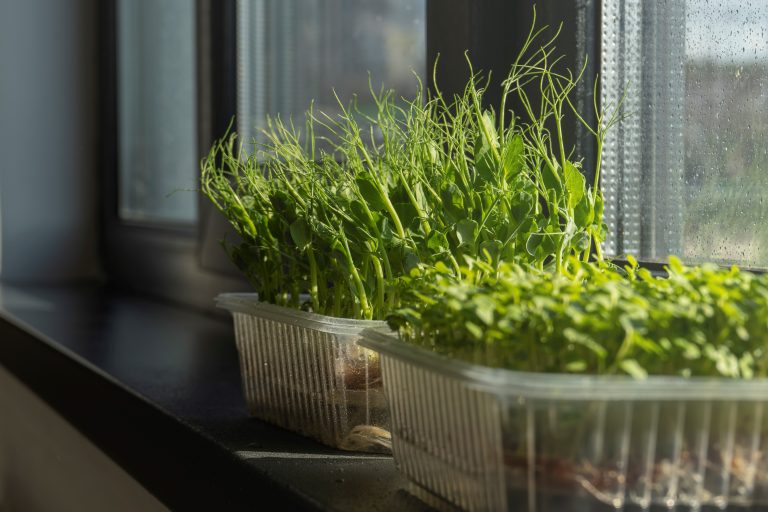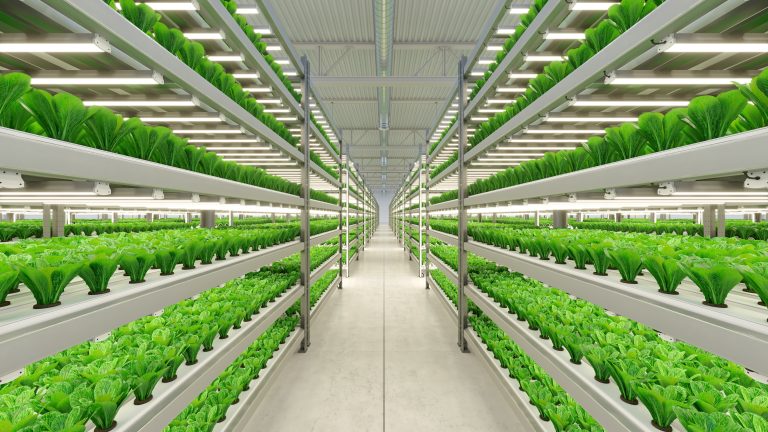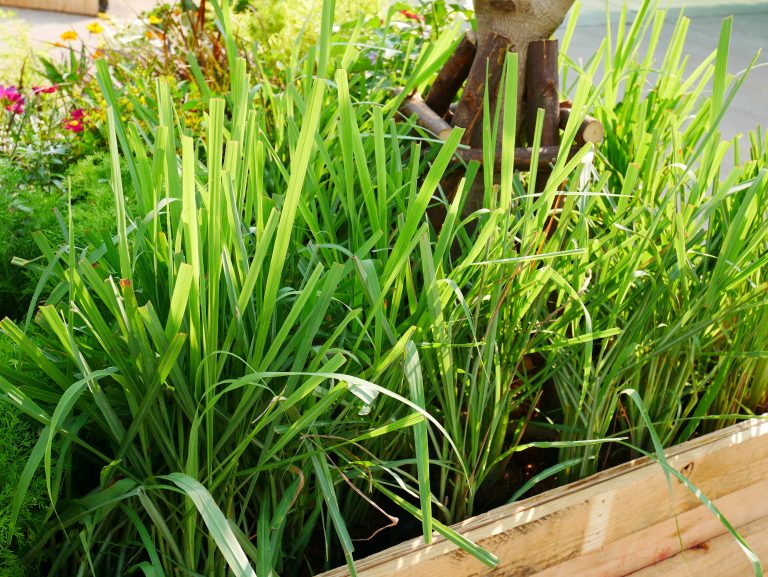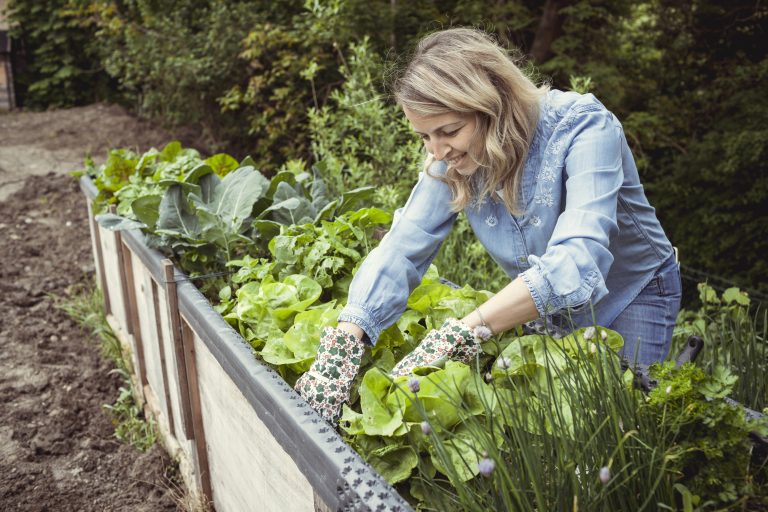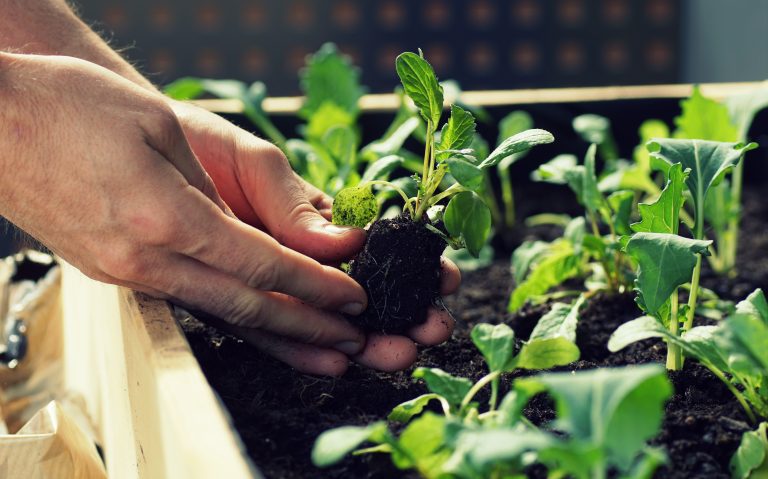5 Tips to Reuse Soil After Microgreens Grow
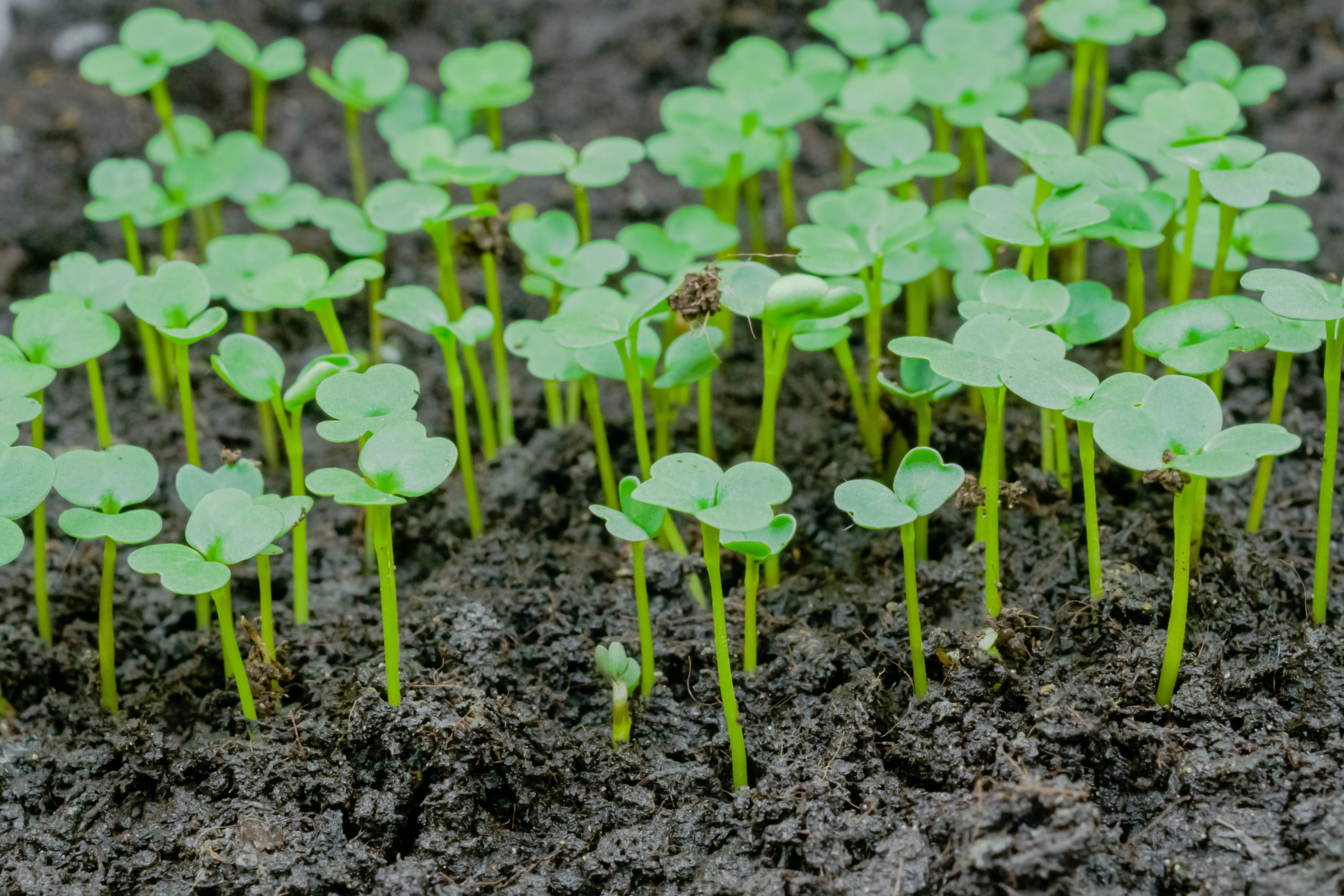
Ever harvested a batch of microgreens and wondered what to do with the leftover soil? Well, there’s no need to toss it! Let’s dive into some nifty ways to give that soil a second life.
When it comes to urban gardening, sustainability is key, and reusing soil is a fantastic way to reduce waste. Think of soil like a hearty stew; the more you add to it, the richer it gets. However, just like you wouldn’t keep repeating the same stew indefinitely, soil too needs a refresh now and then.
By reusing soil, we’re not only being eco-friendly, but we’re also getting the most bang for our buck. It’s about working smarter, not harder, and treating the soil as a living, breathing foundation for our plants.
1. Soil Sterilization
Soil sterilization sounds a bit like we’re prepping for surgery, but it’s a simple way to zap unwanted pests and diseases. You can bake it in the oven (not at the same time as your cookies, please) at about 200°F for 30 minutes.
Hey hey! Don’t forget to subscribe to get our best content 🙂
Or, if you’re more of a sun worshipper, let the soil sit in direct sunlight on a hot day, covered with clear plastic, to create a mini greenhouse effect. Just remember, this process can also kill beneficial microbes, so use it judiciously.
In the video, Cloud Gardener UK explains –
Cloud Gardener UK
- The video discusses three different methods for sterilizing soil for gardening purposes.
- The presenter emphasizes the importance of soil sterilization to eliminate potential threats like aphid or fungus gnat eggs, even in seemingly dry soil.
- The indoor growing space is shown, and the presenter plans to refresh the soil for winter and autumn vegetable cultivation.
- The video highlights the dilemma of whether to dispose of old soil or sterilize it, with the presenter opting for the latter due to potential contamination in new soil.
- The presenter demonstrates the process of collecting leftover soil, approximately 20 liters, from seed trays in the indoor grow area.
- Method one involves using an ovenproof dish to sterilize soil by creating steam, while method two uses a microwave to achieve the same result, with the presenter expressing some reservations about using this method.
- Method three, the presenter’s favorite, employs boiling water and steam to sterilize the soil, requiring careful control of water quantity to avoid making it too soupy.
- After sterilization, the soil is cooled down and ready for use in seed starting without the need for additional watering.
- The presenter shares the final result, showcasing the now-sterilized soil ready for use in indoor seed starting for the upcoming season.
- The video concludes with a hope that viewers have learned something new, and the presenter expresses anticipation for future interactions, signing off with a “bye” and background music.
2. Nutrient Replenishment
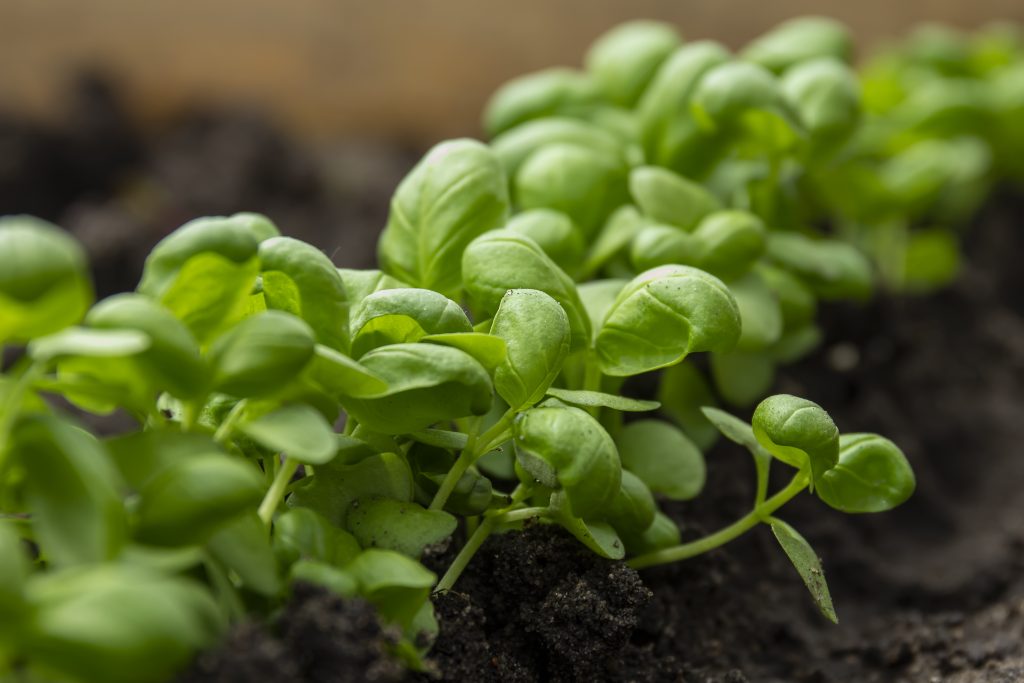
After a crop of microgreens, your soil is as depleted as a marathon runner post-race—it’s hungry for nutrients! Adding compost is like the soil’s power breakfast, packed with all the goodies it needs to bounce back.
You can also mix in a balanced, slow-release fertilizer to ensure your soil’s stamina for the long haul. Remember, it’s all about giving back to the soil what your previous plants took from it.
3. Composting Used Soil
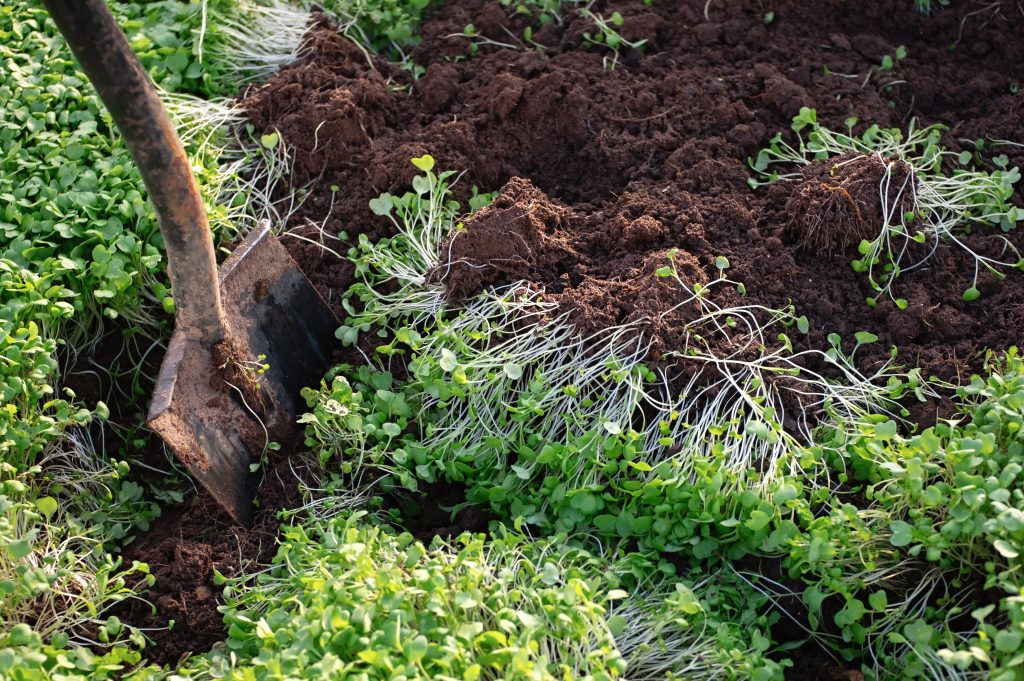
If your soil’s had a few too many plants and is starting to feel like it’s been through the wringer, composting can be its spa day. By adding used soil to your compost, you’re not just disposing of it; you’re giving it a chance to rekindle its spark. Over time, as it mingles with kitchen scraps and yard waste, it’ll transform into a nutrient-rich haven ready to nurture new plant life.
4. Soil Aeration Techniques
Compacted soil is about as welcoming to roots as a brick wall. Aerating is like giving your soil a good stretch after it’s been sitting still for too long. Use a fork or a hand tool to fluff it up, making it light and breathable. (Think of it as a soil yoga session.) This allows for better water absorption and gives roots the room they need to dance.
5. Crop Rotation Benefits
Rotating crops is like not eating the same meal every day; it keeps things interesting and balanced. If you’ve been growing radish microgreens, try switching to basil next. Different plants have different nutrient needs and pest profiles, so rotating them helps keep the soil balanced and reduces the likelihood of disease. It’s the circle of life, in miniature form, right in your urban garden.
Assessing Soil Post-Harvest
After you’ve bid farewell to your microgreens, it’s time to play detective with your soil. First, give it a good look-see. Is it compacted? Does it look lifeless? If it’s more tired than my grandpa after Thanksgiving dinner, it needs some TLC. Next, sniff it out. A healthy soil should smell earthy, not sour or musty.
Finally, feel it. If it’s as dry as a bone or overly soggy, make a note—texture tells a tale of past water habits and can guide how you’ll rejuvenate it.
Avoiding Soil Exhaustion
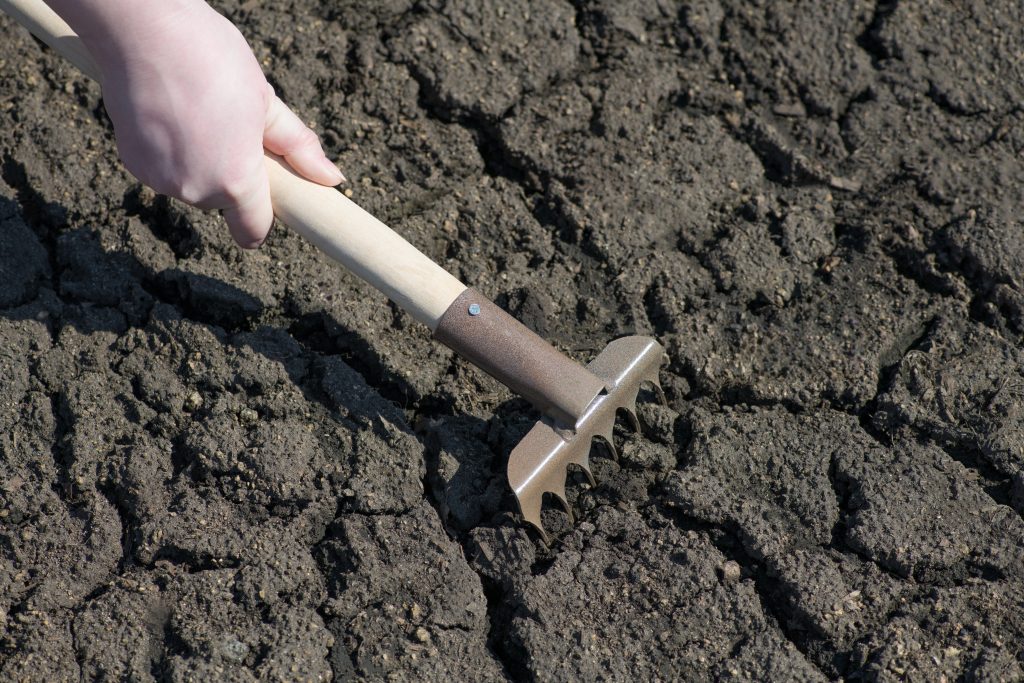
Soil exhaustion is a real party pooper. It happens when soil is used repeatedly without a break or refreshment. To avoid this, don’t just reuse soil—revive it! Make sure to follow the tips we’ve discussed, and don’t push your soil to the point of no return. Treat it like a valued colleague; with respect and care, and it will work wonders for you.
Common Reuse Pitfalls
Watch out for the classic oopsies of soil reuse. Over-fertilizing is like overfeeding—it can lead to lazy soil that doesn’t want to work for its nutrients. Ignoring pH levels is another no-no; it’s like ignoring a warning light on your car’s dashboard. And don’t forget about texture; soil that’s too sandy or too clay-heavy needs a little help to hit that loamy sweet spot.
Summary & Sustainable Practices
To wrap it up, reusing soil is a thumbs-up for your garden and the planet. It’s about being resourceful and recognizing the potential in what might seem spent. By following these tips, you’ll help your garden thrive and contribute to a more sustainable world.
And remember, every spoonful of soil is a microcosm of life—treat it with awe, and it’ll reward you in spades (pun intended).
So, there you have it, green thumbs—your guide to giving old soil new life. With a bit of care, that soil will be all set to host another round of lush microgreens. Happy gardening!

